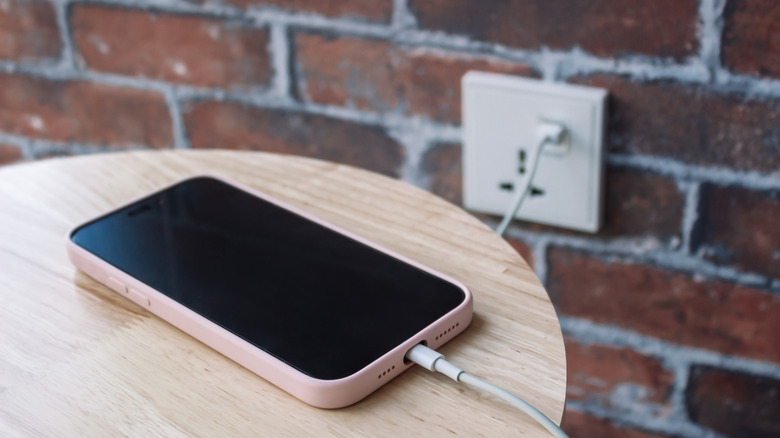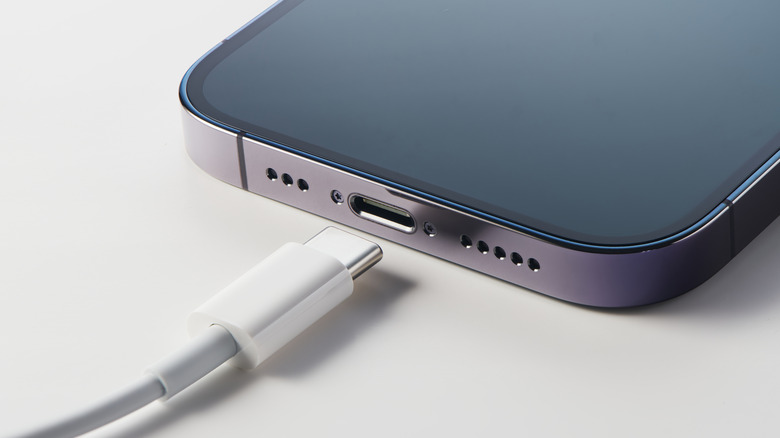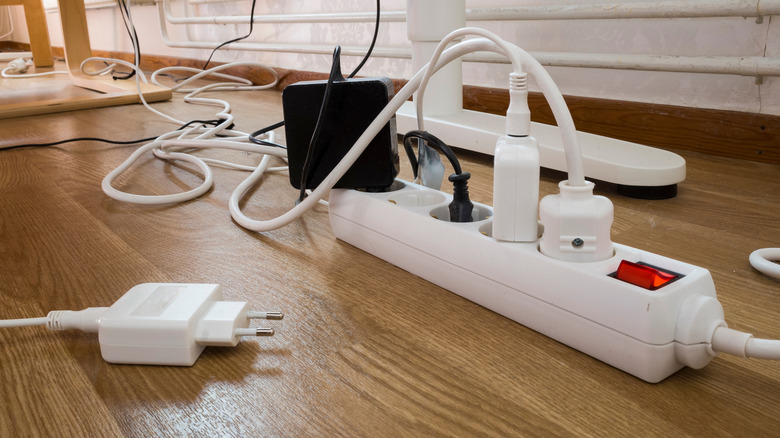Is Your Fast Charger Not Charging Fast? This Could Be Why
We may receive a commission on purchases made from links.
In an age where we have endless devices that join us in our everyday life, charging things can be a Sisyphean task. Similar to eating, sleeping, or brushing our teeth, we have yet to reach the point where the constant need to plug in everything from our phones, laptops, handheld consoles, to wearables has disappeared. But until the technology manufacturers release us from the shackles of cables, that may happen sooner than we think, with developments in wireless charging technology, we have fast charging capabilities as a consolation. That is, when it works the way it should.
As with all types of technology, fast charging is an evolving feature, which means it dances with both the hardware and software requirements that make it possible. These days, there are a lot of marketing terms around fast charging features, so we've broken down a lot of myths and facts about it. But essentially, fast chargers are able to deliver the right amount of power because of fast charging protocols, like the USB PD, Samsung Adaptive Fast Charging, or the Huawei SuperCharge. However, you may encounter a moment wherein you realize your fast charger may not be "fast" at all. To find the root cause, it's important to check the different components of your charging system to try to isolate the problem and solve it appropriately.
Software reasons why fast charging isn't working
To begin with, it's important to understand that not all devices can support fast charging (or at least not at the kind of speed we expect nowadays). While many of our modern devices can support up to 240 watts with USB PD3.1, there are still a lot of chargers and devices that were manufactured when the bar for fast charging speeds was still pretty low. Alternatively, the issue with your charging rate is simply because of bad usage habits that drain your battery. In reality, your charger could be working fine, but you're just using battery-hungry apps at full brightness that consume it faster than your charging rate. So, before you assume the worst, you can stop using your device while it's still charging for a while.
In the past, we've also mentioned how not all devices have fast charging as a default, even if they're built to withstand this. For example, you'll need to enable fast charging on some Samsung Galaxy models. Typically, if this applies to your device, you can find this option in your device's battery settings section. Plus, there are now a lot of built-in safety mechanisms, such as battery optimization, which can slow down your device's charging when it senses you've reached a certain threshold. For example, Apple utilizes optimized battery charging by adjusting the charging rate once your iPhone hits the 80% mark. Knowing this, slow charging can actually be a feature and not a bug.
Hardware issues that affect fast charging
As with many types of tech devices, Anker shares that physical damage can affect the functionality of your fast charging mechanisms. For example, this can be due to things like dropping, exposure to the elements, and pulling the brick out too fast from the plug after use. If you suspect this is the reason, you can check for poor socket fit, corrosion damage, or cracks and dents, which can all be signs that it's time to replace the charger. In addition, Anker says that resolving issues with the cable, such as frayed, kinked, or even incompatible ones, can make a big difference. As much as possible, it recommends buying original cables from the same manufacturer to ensure that they are optimized for your specific device and the brick itself. But for third-party charging system options, you can also check out our list of trustworthy cord and charger brands, which you're sure are compatible with each other.
That said, it's also possible that there's actually no issue with your device or charging system entirely. But, you know what could be the problem? The power sources. In some cases, this can be due to poorly built power strips, which happens when you get something that isn't from a good power strip brand. It could even be attributed to an ineffective travel power adapter, which hasn't passed the necessary quality testing. To test this, you can also try to plug directly into a wall socket instead.


